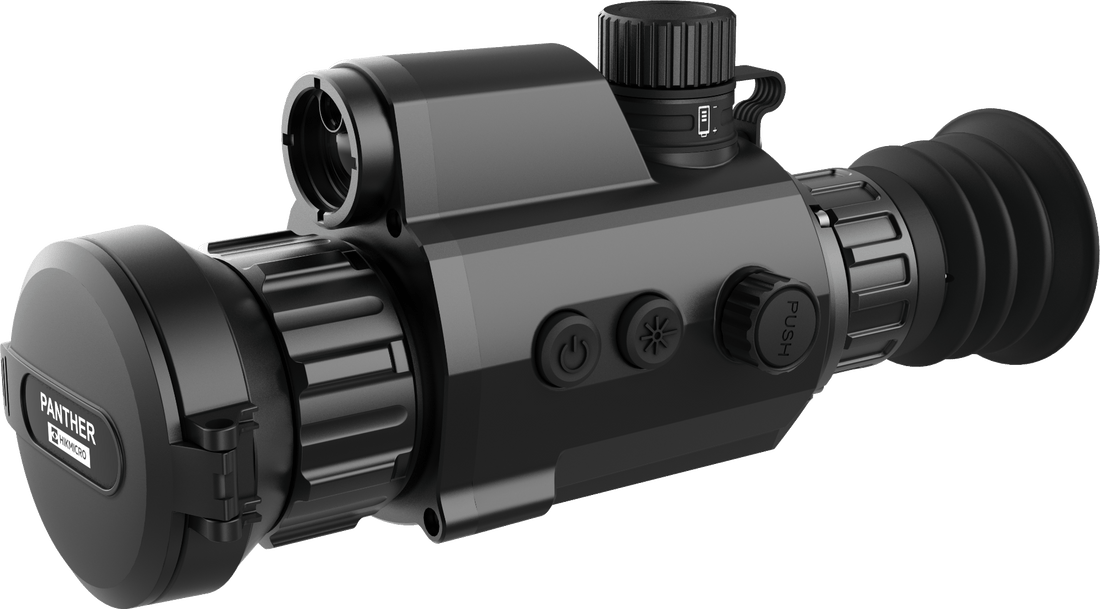There are lots of options to consider when buying a thermal scope. There are several factors that contribute to the quality of a thermal image.
Today we look at the main things you should consider when buying a thermal scope.
1. What Is Your Primary Use?
Are you just looking to take out a few rats around the shed on the weekend or do you need to keep those foxes away from the chicken shed?
How far are you generally shooting from?
What environments are you shooting in? Are they familiar to you?
Do you have a thermal monocular?
These are all things to consider when going for your first thermal scope. We highly recommend if you haven't first invested in a thermal monocular, that you give that a go before purchasing a thermal scope.
2. Sensor Resolution
The sensor resolution of a thermal scope refers to the number of pixels in the image.
Most brands today offer 384 x 288px and 640 x 512px.
The higher the resolution the more information the thermal scope can receive, showing more sharper image on the screen and providing you with a greater field of view.
A 640 sensor will generally have a great overall image quality than a 384 sensor.
This is an important factor when considering magnification, keeping in mind that as we zoom in the resolution of the thermal scope will decrease.
3. Base Magnification
This is the ability of a thermal scope to increase the size of a distance object by magnifying it.
It is important to remember that your thermal scope which show it's best image at it's base magnification. Each time magnify the image, you will be lowering the quality of the image.
Some thermal scopes claim up to 20x magnification. For most of our customers, anything with 5x - 8x will satisfy their needs.
4. Detection Range
Often you will read spec sheets on thermal scopes that will show a massive detection range of over 1000m.
But ask yourself, how often are you shooting at this range?
Can you even see this far?
We find that a lot of customers are generally disappointed with their choice of scope, based on assumptions from marketing material.
Given that most manufacturers will provide human and car detection distances, keep in mind that the animals we shoot are generally half the size of us.
If you're aiming at a fox whose average size is about 1/3 of a human; the estimated shooting distance should be around about 100 metres. So 100 metres should be your frame of reference rather than 1500 metres detection range.
Conclusion
At Hunting Supplies Australia we understand that thermal scopes and thermal monoculars are expensive pieces of equipment.
We believe that the benefits definitely outweigh the costs.
If you are still unsure where to start, we are always happy to help.
We want to help our customers make the right decision, based on their budget and the application for which they will use their thermal scope.
If you're in the market for a thermal, check out the selection we offer of thermal scopes and thermal monocular at Hunting Supplies Australia.
If you need a hand, just give us a shout!

